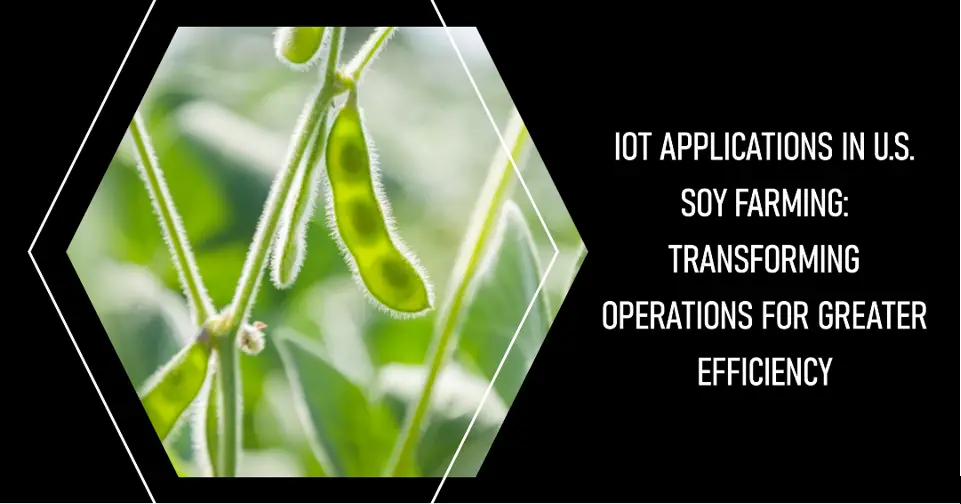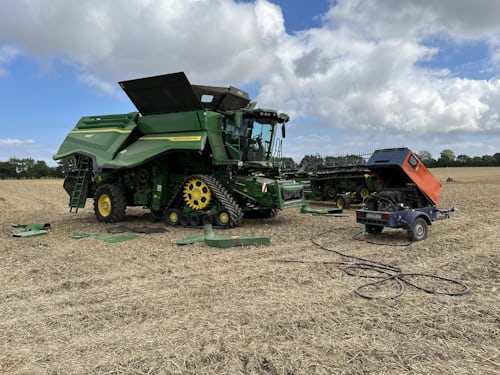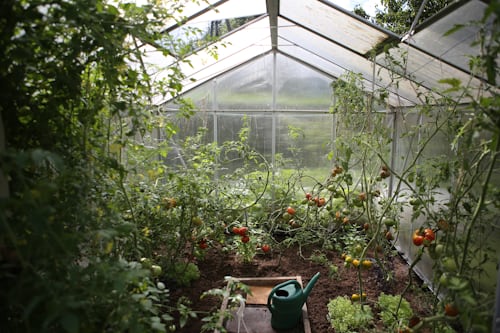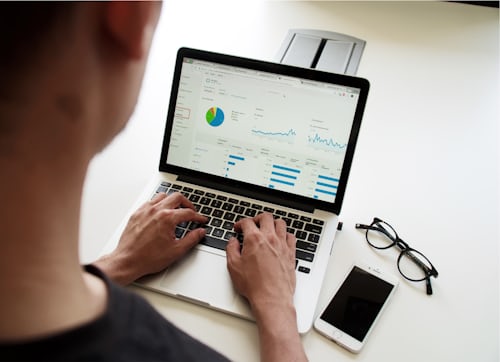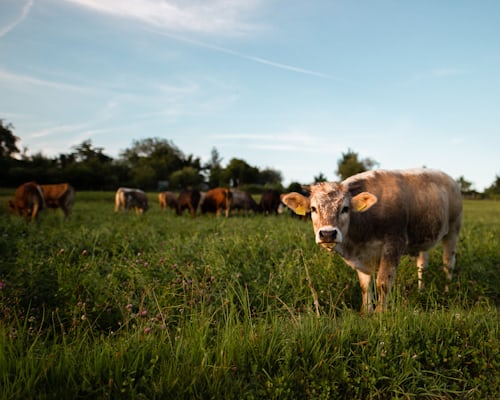IoT Applications in U.S. Soy Farming: Transforming Operations for Greater Efficiency
- What Does IoT Mean in Agriculture?
- Key Areas Where IoT Can Be Applied in Agriculture
- 1. Equipment Monitoring and Automation
- 2. Greenhouse Automation
- 3. End-To-End Farm Management Systems
- 4. Robots And Autonomous Machines
- Advantages of IoT in Agriculture
- Intelligent Data Collection
- Waste Reduction
- Process Automation
- Animal Monitoring
- Bottomline
Technological advancements occur not just in AR/VR, cybersecurity, and web development. One of the most noteworthy examples of the application of innovation is the agricultural sector. The farming industry is incorporating drones, robots, and other fantastic machines, and the Internet of Things in agriculture is producing spectacular outcomes.
The agricultural industry is no longer regarded as a field isolated from IoT and technology. According to statistics, there will be an additional 3 billion people on the earth by 2050. As a result, industrial farming is needed to enhance circumstances.
Learn how the Internet of Things (IoT) and other technologies are transforming modern agriculture and how their use might help agribusinesses.
What Does IoT Mean in Agriculture?
Every day, more things that can connect to the Internet appear, such as machinery, cities, cars, homes, appliances, and so on. This connection allows these items to exchange, receive, and analyze information. Based on this information, they can carry out actions, draw inferences, and make decisions. That is what IoT is.
Even though we notice these changes in our daily lives, technological advancements are not happening as quickly in the agriculture sector. Some factors contribute to this, such as Brazil's territorial expansion, which limits its wide propagation.
Fortunately, according to innovative soy products articles, a new generation of agronomists and farmers who are open to agitech are trying to democratize ideas and concepts that, until recently, were not part of the reality of agronomists.
Key Areas Where IoT Can Be Applied in Agriculture
1. Equipment Monitoring and Automation
To track the performance and health of farming machinery, such as tractors and harvesters, IoT-enabled sensors can be placed. Predictive maintenance can be performed using this data to ensure that equipment runs effectively and minimize downtime. Additionally, IoT can make it possible to automate some farming tasks, such as using autonomous machines for planting, harvesting, and precise spraying, which will enhance productivity and decrease the need for workers.
2. Greenhouse Automation
In order to manage the greenhouse environment, farmers frequently require manual intervention. They can obtain precise real-time information on greenhouse parameters including illumination, temperature, soil quality, and humidity thanks to the usage of IoT sensors.
Weather stations can autonomously change the conditions to reflect the specified parameters in addition to sourcing environmental data. In particular, automation systems for greenhouses operate on a similar concept.
3. End-To-End Farm Management Systems
The so-called agricultural productivity management systems might be seen as an example of a more complex approach to IoT products in agriculture. They often comprise numerous on-site sensors and IoT devices for agriculture, as well as a robust dashboard with analytical tools and built-in accounting and reporting functions.
This enables remote farm monitoring and streamlines the majority of commercial processes.
4. Robots And Autonomous Machines
The development of autonomous robots for use in agriculture is another area where robotic technologies have a bright future. Automated harvesters, tractors, and other machinery and vehicles that can run without human control are already used by certain farms. These robots are capable of completing labor-intensive, repetitive, and difficult jobs.
For instance, contemporary agrobots can be automated tractors that can start working at predetermined times, transmit messages, and work on predetermined routes. These driverless tractors save labor costs for farmers.
Advantages of IoT in Agriculture
Intelligent Data Collection
IoT device sensors can gather a lot of information that is helpful to farmers. Climate, soil quality, and plantation development are a few examples. Such data can be utilized to monitor the output of its workers, the efficiency of its machinery and the state of the farm.
Waste Reduction
IoT in agriculture allows for more cost-effective management due to improved production control. Producers can more precisely detect any aberration in the crop, for instance, using smart equipment. As a result, it is simpler to successfully stop any infection that would reduce production.
Additionally, the irrigation and fertilization processes might also be cheaper. After all, agricultural equipment is equipped with sensors that may produce a wealth of data on the soil.
Another benefit is the ability to set the sensors to send alerts about the perfect harvest time. Waste in the crop is prevented in this way.
Process Automation
Automating several production-related steps from smart devices, including irrigation, fertilization, and pest management, is possible. Eliminating these manual interventions improves accuracy, increases product quality, and conserves resources. Therefore, agriculture assures that the harvest meets greater criteria of quality.
Animal Monitoring
Even though they are physically separated, farmers can closely monitor the health of farm animals thanks to IoT. So, if cows and sheep are part of a herd, one can shorten their search time in the pasture.
It is also feasible to track the health of these animals' pregnancies and determine which ones are unwell. If so, the sensor alerts the producer to contact a veterinarian.
Bottomline
IoT has helped more and more agricultural enterprises become more productive and efficient. One of the biggest advantages of IoT in agriculture is its capacity to gather vast amounts of crucial data, allowing farmers to monitor everything from crop health to soil temperature continuously. This capability enables the early detection of issues, lowers risks, and promotes better-informed decision-making. The IoT also enables agricultural firms to remotely monitor their farms from a computer or mobile device, keeping them informed about the status of their crops and allowing them to be warned in case of possible problems.
While IoT-based agriculture is still in its infancy, it presents many exciting opportunities to help us address future food security difficulties. It has the great potential to alter how we produce food.
